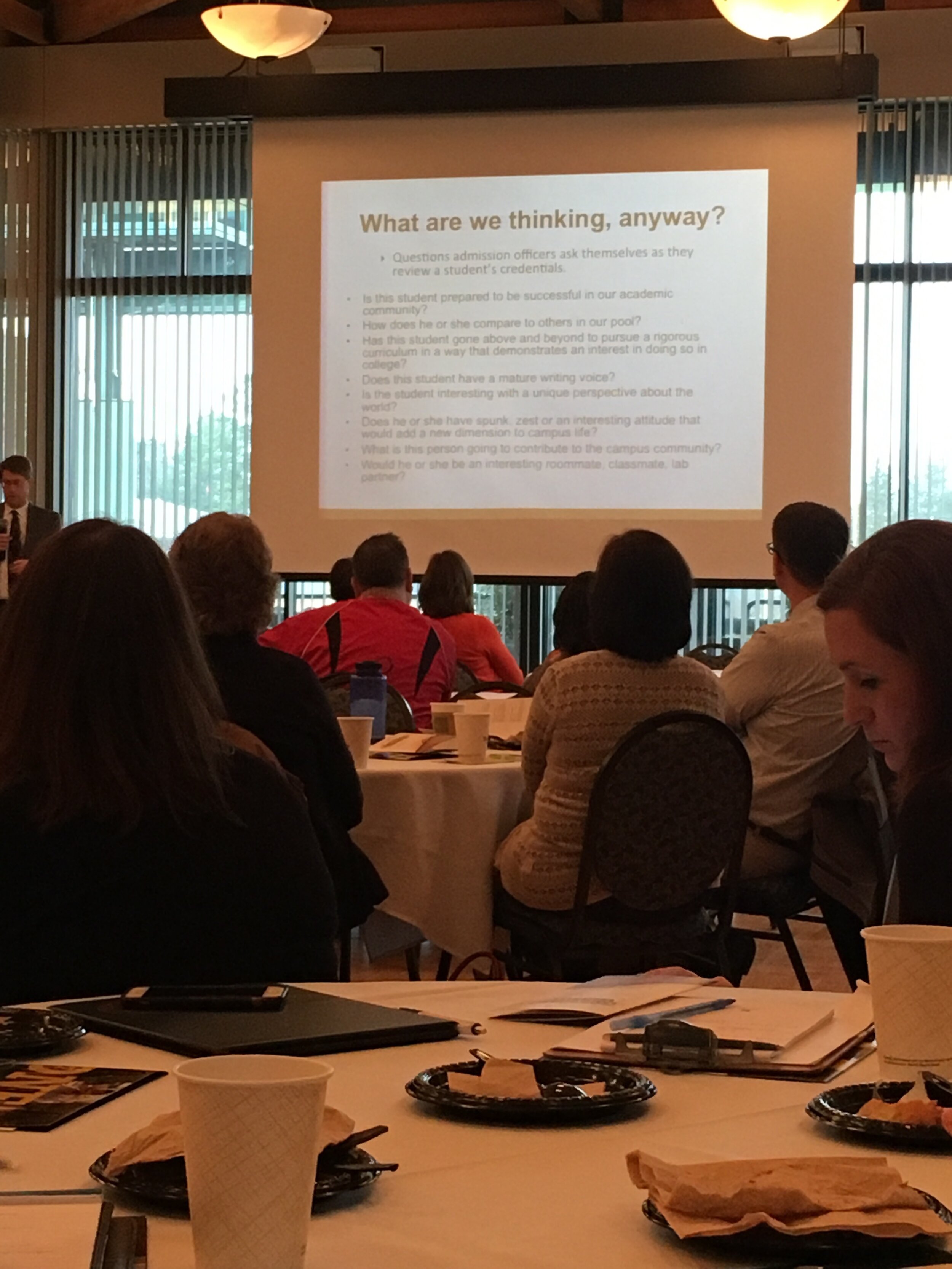NOTE FROM COLLEEN:
SHANNON IS TAKING OVER TODAY WITH A TOPIC THAT I’VE BEEN THINKING ABOUT FOR YEARS. I’M ALWAYS FASCINATED BY THE FEEDBACK I HEAR ABOUT WILLIAM & MARY FROM KIDS IN NORTHERN VIRGINIA. I HONESTLY DON’T UNDERSTAND IT!
SO MANY STUDENTS HAVE SOMETHING NEGATIVE TO SAY BEFORE THEY HAVE EVER SET FOOT ON CAMPUS, YET THE ONES WHO END UP ACTUALLY GOING THERE JUST LOVE IT - I HAVE MULTIPLE STUDENTS THERE NOW AND THEY COULDN’T BE HAPPIER.
AND WHEN I ATTENDED A COUNSELOR DAY ON CAMPUS A FEW YEARS BACK, I COULD NOT HAVE BEEN MORE IMPRESSED. SO I WAS GENUINELY CURIOUS TO GET THE REAL SCOOP FROM SHANNON! HOPE YOU FIND IT INTERESTING TOO :)
HERE IT IS…
As a proud College of William & Mary alumna, I’m always excited when I hear good news about my alma mater. And last week brought some fantastic accolades for W&M from the Princeton Review - we are now ranked #4 for Happiest Students and #15 for Best Quality of Life!
When I first learned about William & Mary, I was just beginning my own college search process at my New England prep school - I probably googled something like “medium-sized colleges East Coast” and went from there.
I was drawn to the gorgeous campus and the warmer Virginia weather, but what sealed the deal for me was the feeling, from the moment I stepped on William & Mary’s campus, that it was a place where I could be the “real me.”
So much of my application process felt disingenuous to who I was as a person (hence my passion at DC College Counseling for making sure each application is authentic and unique to the student!) that it was a relief to walk into a place that seemed accepting of every part of me, not just the skills I tried to emphasize on my application.
I still remember meeting everyone at orientation, listening as student after student introduced themselves and said they were from “Nova.” Wow, I thought, how are all these kids from the same town?
It wasn’t until after I had moved in, met my (still) best friends and hallmates, and discovered that Nova wasn’t just a single town that I learned about the rumors that plagued William & Mary from the in-state students - students at William & Mary are terrible overachievers, the quality of life is horrible, no one is having any fun.
I was completely shocked by the rumors because they were so far outside of my William & Mary experience. I don’t want to dwell on “suicide rates” in this post, because I don’t want to reduce a widespread mental health issue to a statistic, but rates for students at William & Mary, while deeply tragic, are the same as the national average.
I think that W&M has come to bear the brunt of rumors that speak more to a general concern for the mental health and well-being of high school and college-age students than to any particular aspect of the William & Mary community.
I don’t mean to diminish the problem - it is essential that W&M, like every higher education institution, put more emphasis on mental health resources for students. I am hopeful that the campus’s new McLeod Tyler Wellness Center, home to mental health services including the new Center for Mindfulness & Authentic Excellence, is a step in the right direction by a school that is committed to caring for its students.
I met my best friends in this dorm freshman year, so we had to come back and take a photo before graduation!
The new Princeton Review rankings are much more representative of my time at William & Mary than any rumors I have heard. The idea of “Authentic Excellence” is a way of life for the Tribe, and throughout my four years of college, I was never dissuaded from the knowledge that my authentic self was accepted at W&M.
That sense so many students experience in high school, of feeling “uncool”? You will never feel it in Williamsburg. W&M students are unabashedly uncool. Everyone is nerdy about something: pop music production, marine biology, obscure 18th century literature, MLB statistics, you name it and someone on campus is willing to geek out with you about it. The tight group of friends I made during college have a wide variety of interests and experiences, and I love hearing about their passions because I never fail to learn something new. And I promise - we had a lot of fun too!
Even though COVID-19 means that I have to miss homecoming this year, I will always consider William & Mary my home, and I’m counting down to the day when I can step back onto campus and visit all of my favorite Williamsburg places.
In our William & Mary gear, making sure Thomas Jefferson is ready for Mardi Gras!
COLLEEN AGAIN! IF YOU ARE INTERESTED IN W&M, CHECK OUT THIS INCREDIBLY HELPFUL SLIDE FROM THE COUNSELOR DAY I ATTENDED:
I KNOW IT’S A LITTLE HARD TO READ, BUT HERE GOES - IT’S ABOUT QUESTIONS THAT W&M ADMISSIONS STAFF CONSIDER WHILE REVIEWING APPLICATIONS:
IS THE STUDENT PREPARED TO BE SUCCESSFUL IN OUR ACADEMIC COMMUNITY?
HOW DOES HE OR SHE COMPARE TO OTHERS IN OUR POOL?
HAS THE STUDENT GONE ABOVE AND BEYOND TO PURSUE A RIGOROUS CURRICULUM IN A WAY THAT DEMONSTRATES AN INTEREST IN DOING SO IN COLLEGE?
DOES THE STUDENT HAVE A MATURE WRITING VOICE?
IS THE STUDENT INTERESTING WITH A UNIQUE PERSPECTIVE ABOUT THE WORLD?
DOES HE OR SHE HAVE SPUNK, ZEST, OR AN INTERESTING ATTITUDE THAT WOULD ADD A NEW DIMENSION TO CAMPUS LIFE?
WHAT IS THIS PERSON GOING TO CONTRIBUTE TO THE CAMPUS COMMUNITY?
WOULD HE OR SHE BE AN INTERESTING ROOMMATE, CLASSMATE, LAB PARTNER?







